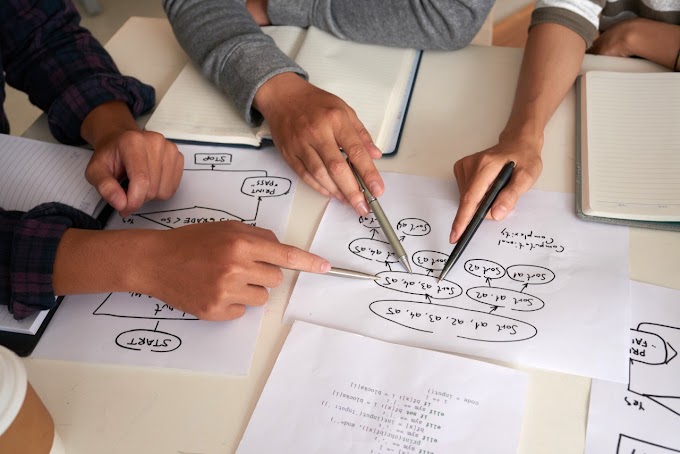In recent years, a new teaching approach called "flipped learning" has gained popularity among educators. Flipped learning reverses the traditional classroom model, where students acquire knowledge during class time and then reinforce it through homework. Instead, it places the responsibility of knowledge acquisition on students outside of the classroom, while class time is dedicated to active learning. In this blog, we will delve into the basics of flipped learning and explore how it can revolutionise education.
Understanding Flipped Learning: At its core, flipped learning is a pedagogical strategy that combines technology, student-centred learning, and direct instruction. The process begins by providing students with pre-recorded lectures or instructional materials to be consumed at home, allowing them to learn at their own pace. This approach enables students to engage with the content in advance, building a foundational understanding before attending class.
The Classroom Experience: In the flipped learning model, the classroom becomes a dynamic space for interactive and collaborative activities. With the knowledge foundation already established outside of class, teachers can focus on facilitating discussions, conducting experiments, and engaging students in problem-solving exercises. This active learning approach fosters critical thinking, creativity, and communication skills.
Benefits of Flipped Learning: Flipped learning offers several advantages over traditional teaching methods. Firstly, it allows for personalised learning, as students can progress at their own speed and revisit concepts as needed. It also promotes student engagement, as they are actively involved in the learning process during class time. Moreover, the flipped model encourages self-directed learning and helps develop time management skills.
Technology in Flipped Learning: Technology plays a vital role in implementing flipped learning. Teachers can create instructional videos, interactive online modules, or curated resources to provide students with pre-class material. Learning management systems (LMS) and online platforms facilitate content delivery, assignment submission, and communication between teachers and students.
Challenges and Solutions: Implementing flipped learning may present challenges such as access to technology, student motivation, and the need for effective content creation. However, these challenges can be addressed through a thoughtful approach. Providing alternative resources for students without access to technology, incorporating gamified elements, and encouraging peer collaboration can help overcome these obstacles.
Flipped learning offers a promising shift in the way education is delivered. By flipping the traditional classroom model, students become active participants in their learning journey, while teachers become facilitators and mentors. The integration of technology and student-centred approaches creates an engaging and effective learning environment. As more educators embrace flipped learning, we can look forward to a more dynamic, inclusive, and personalised educational experience for students around the world.
Already, at the K. K. Wagh Institute of Engineering and Education Research, we have started implementing Flipped Learning. Interestingly, we have had great responses from students for the same. Students are enjoying this technique and engaging with the learning process enthusiastically and effectively. (Watch Here: https://youtu.be/oqoeQcnRtAY)
If you enjoyed this blog, then share it with your friends. To know more, follow the below links:
Facebook - https://www.facebook.com/engg.kkwagh
Instagram - https://instagram.com/k.k.waghinstitute
LinkedIn - https://www.linkedin.com/company/kkwaghinstitute/
Twitter - https://twitter.com/KKWaghInstitute






0 Comments